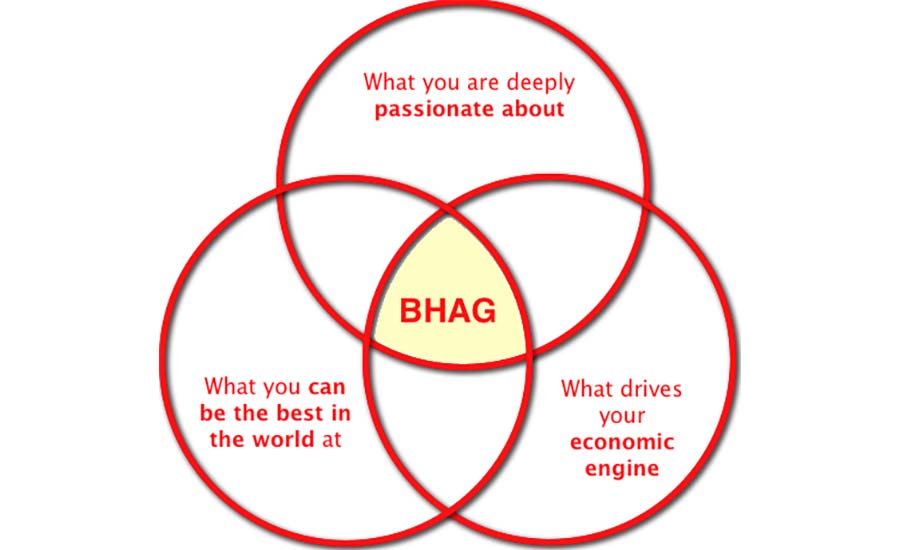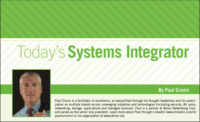It has been eight months since we sold the company that I was part of for the last fifteen years. By the time it sold, we had reached over $150 million in revenue and had more than 250 employees. Our mission drove us to focus on helping people succeed no matter who it was: clients, employees, partners, vendors and the community at large. Our beliefs and values were cemented in our culture and built around a goal of helping people to become leaders; but it wasn’t always that way.
Back in 2008 we were sitting at a board meeting and discussing growth strategies. We were at $35 million in revenue, with a vibrant managed service business and things were good. But one question kept coming up — How are we going to be able to navigate rapid growth and achieve our next goal of $50M? So we turned to Jim Collins’ book Good to Great for some wisdom: A company must start with the “who” first and then the “what.”
“Who” is about focusing on the right people first, and then what the company will do second. Disciplined people, disciplined thought and disciplined action is the start to greatness. Although it was difficult given the tenure of some of the employees, it proved valuable moving people from where they were, to where they could be most effective. After the exercise we all agreed that we were better positioned to achieve the growth goals that we had identified.
Next came the “what.” What were we going to deliver to our clients that would differentiate us from our competitors, provide value to our customers, and align with the mission? We turned back to the book for some more insight. Collins talks about three questions that are represented in three interconnecting circles: What are you most passionate about? What can you be the best at? and What can you make money at? In the middle is what is your big hairy audacious goal (BHAG). (See diagram)
The BHAG is like your compass for the future. Our BHAG was building unbreakable relationships with the vision that we would have 100% client retention. Our passion encompassed the beliefs of our people and their desire to deliver the ultimate client experience at every touch. In order for us to embed this into our culture we needed the experience to be the same for everyone that we engaged with, no matter who they were.
To determine what we could be the best at, we went to our client advisory board. We asked what they thought we were great at and how could we be strategic to their business in the future? They told us that our approach to delivering IT services was unlike any other organization. We had spent a lot of time perfecting our people centric process and invested greatly in our people to deliver a unique experience. Our clients recognized that and they paid a premium for it.
Understanding how we could make money in the delivery of services, while providing the ultimate client experience was the next step. Collins refers to the making of money as the “Economic Engine” (EE) that aligns the other two circles with propelling growth and profits. Our focus was on selling services. We needed sales to wrap services around every opportunity in order for us to become more profitable.
Since we wanted to incent behavior related to the sale and delivery of services we made our EE directly related to monthly service revenue and service profit. We then aligned variable compensation for sales and service to the EE ratio and reported on it monthly. This resulted in a more collaborative sales approach that grew service exponentially.
We were now close to determining our breakthrough strategy for achieving $50M in revenue. However there was one last area that we needed to focus on. At the core of Good to Great’s approach is the development of level-5 leaders. I will provide more on the development of leaders in my next article.
Connect with me on LinkedIn. Want to learn more? Contact me at paul@cronincorp.com.



